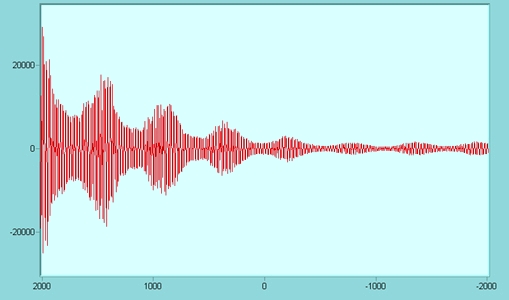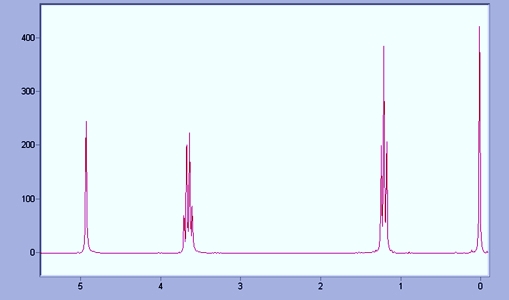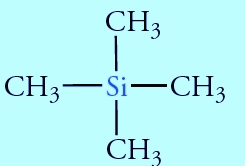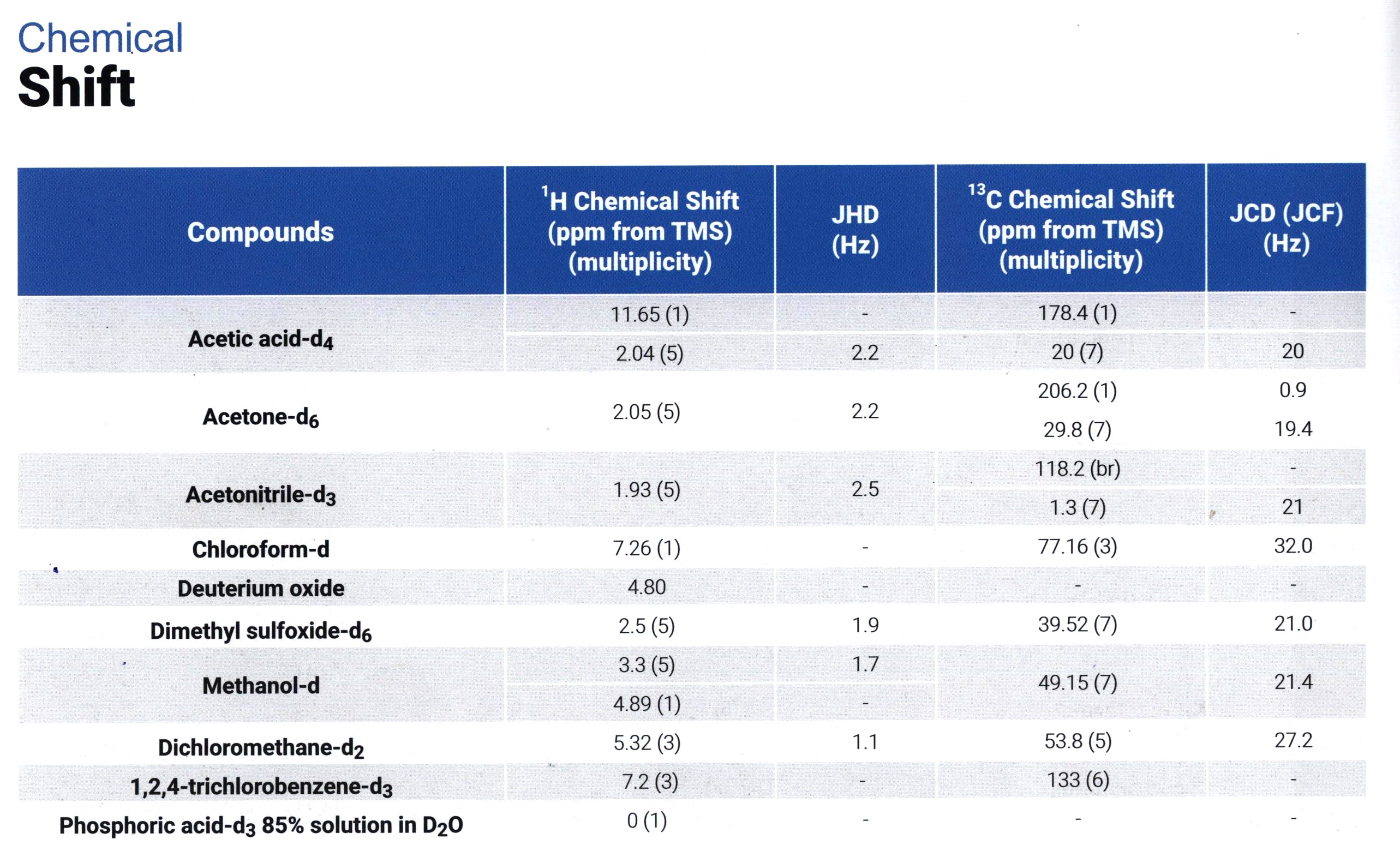what is the chemical shift in NMR?
In NMR spectroscopy, different nuclei such as hydrogen (H), carbon (C), nitrogen (N), etc. can be seen. It should be noted that 1H NMR spectroscopy is the most used.
We know from the laws of physics that when it moves once, it creates a magnetic field. When the nucleus in the NMR is exposed to radio waves (RF), the nucleus and its magnetic field make a sudden motion.
One of the components of an NMR spectrometer is the coil that surrounds the sample. According to the laws of physics, we know that the movement of a magnet inside a coil creates an electric current in the wires. Therefore, when the magnetic field of the nucleus moves suddenly, a current is created in the wire, which is recorded by the computer as an FID file, which you can see in the figure below.
In NMR spectroscopy, different nuclei such as hydrogen (H), carbon (C), nitrogen (N), etc. can be seen. It should be noted that 1H NMR spectroscopy is the most used.
We know from the laws of physics that when it moves once, it creates a magnetic field. When the nucleus in the NMR is exposed to radio waves (RF), the nucleus and its magnetic field make a sudden motion.
One of the components of an NMR spectrometer is the coil that surrounds the sample. According to the laws of physics, we know that the movement of a magnet inside a coil creates an electric current in the wires. Therefore, when the magnetic field of the nucleus moves suddenly, a current is created in the wire, which is recorded by the computer as an FID file, which you can see in the figure below.

When the cores are exposed to radio waves (RF), the same rotation or spin of the cores accumulates together, and after the negative signals are eliminated, these rotations are visible as an FID file. After converting the FID, a graph can be seen as follows:

To be able to interpret the spectrum obtained from 1H NMR, we must select a scale for the chemical transmissions of the spectrum. Chemical displacement is the name given to it by scientists. To do this, we must choose a standard to interpret the spectrum. Because the type and number of bonds vary along a molecule, the magnetic field induced by the chemical bond electrons will also vary in the molecule. As a result, the amount of coverage for each hydrogen nucleus is unique, and specific resonances called "chemical shifts" occur in the hydrogen atoms in a molecule with an unbalanced structure.
This standard is tetramethylsilane or TMS for short and its chemical displacement is considered zero δTMS = 0ppm. The main reason for using TMS is that all its protons are equal or so-called equivalent, inert, and easily soluble in liquids. It can also be easily separated from the sample by distillation. So it will have a peak that is selected as the zero sources of the spectrum diagram. You can see its structure in the following figure:

The reason for the existence of a group of peaks instead of a peak is the conjugation of hydrogens of a carbon atom, in other words, they are affected by the magnetic field corresponding to the hydrogens of adjacent nuclei. This conjugation splits the signal into several peaks. This fracture results in the "N + 1" rule, which states that the number of peaks observed for each type of hydrogen is equal to the number of hydrogens in adjacent nuclei (N) plus one. The cause of chemical displacement is the movement of electrons in the molecule, which creates a secondary magnetic field. The higher the density of the electron around the nucleus, the greater the protective effect and the higher the resonance of the nucleus in the field.
Therefore:
A −NH − NH group is different from a −CH − CH, depending on the atom attached to the hydrogen.
A −CH3 − CH3 differs from −CH2 −− CH2− in the number of bonded hydrogen atoms.
A-C − HC − H as sp3sp3 is different from C − HC − H as sp2sp2.
The following figure shows the chemical shift of the widely used deuterated solvents used in 1H NMR:

" chemical shift ", "chemical shift in nmr", "deuterated solvents ", " NMR solvents"
KEYWORD SECTION:
You can also find other articles about the above keywords in other languages with the use of these words.
the chemical shift in nmr: In Chines: “nmr中的化学位移 “, In Russian: химический сдвиг в ЯМР
in Germany: chemische Verschiebung in nmr in Italian:cambiamento chimico in nmr